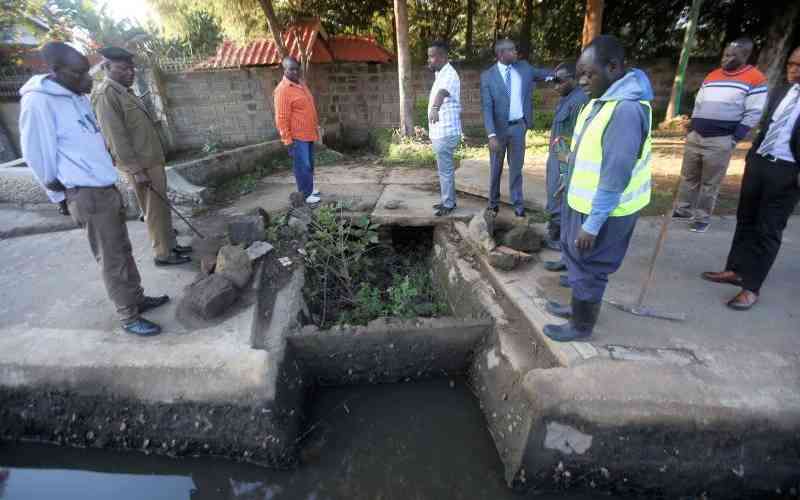×
The Standard e-Paper
Join Thousands Daily

The Head of Libya's Red Crescent has revealed that at least 11,300 people perished in the devastating floods that engulfed Eastern Libya two weeks ago.
Many survivors claimed the floods were more catastrophic than the wars that have consumed their nation for over a decade. Such tragedies underscore the lethal potential of floods. It's imperative for Kenyans to prioritise preparation for the anticipated El Nino rains expected to hit parts of the country from October to January.